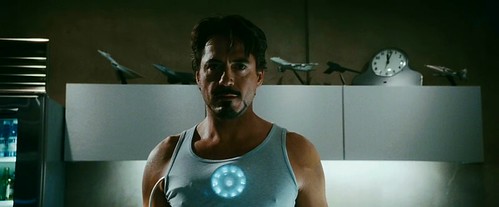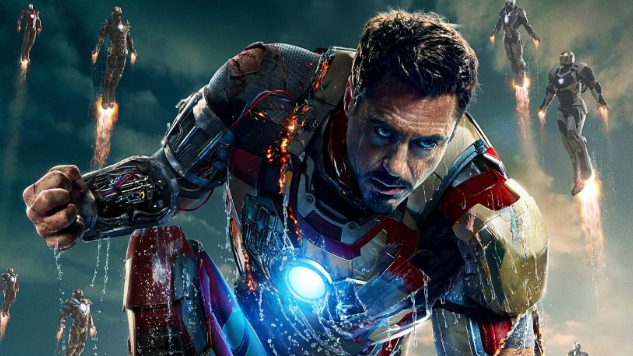This posting is from a guest blogger, Paul Reyes-Fournier. He has served as the chief financial officer for social service organizations, churches and schools, and has created his own marketing firm, RF Media. Paul holds a Bachelor of Science in physics and an MBA.
Some would argue that superheros should be confined to the pages of comic books. Yet others see superheros among us and none of them wear capes. People like Bill and Melinda Gates, Elon Musk and Peter Diamandis fit the bill. They are innovators, inventors, business successes, and humanitarians, out to transform the world and make it a better place.
Paul’s take on the subject makes for interesting reading and that’s why it appears here in 21st Century Tech. Invention is a wonderful thing. But it is important to ensure that what you create you also protect. And it is equally important that you carry through with your invention turning it into a commercial reality. This is the essence of Paul’s advice. Hope you enjoy reading it.
_____________
According to the survey engine ShareRanks, most children want to be superheros when they grow up. Down the list a bit is inventor, although a case can be made that the two may overlap. Take Tony Stark. He is both an inventor and the superhero Iron Man. Of the superhero class, Tony thinks differently. As inventors, we see connections, relationships and designs that others do not. We ask questions that only an inventor would ask.
 [Photo by Zack Tirrell via Flickr]
[Photo by Zack Tirrell via Flickr]
Can I Disintegrate People Who Steal My Ideas?
Unless you know how to create a disintegrator beam, you will probably need a lawyer to protect your ideas. The moment your idea becomes something more than a good thought, you will want to license your intellectual property. Start with the United States Patent and Trademark Office, which will help you protect your idea—as long as the concept is new, nonobvious and useful.
Of course, you also need to be specific in your design. This is where the lawyer comes in. The application is a little complicated, and you are not allowed to license someone else’s idea or something normal, such as laws of nature or physical phenomena. You cannot license air, for example, unless your air is different and super awesome.
Why Do Mad Scientists Always Lose?
Evil scientists do not work well together, which is their ultimate downfall. That tracker beam designed to pull down the moon is not going to build itself. It takes a team of engineers to build and design a device. Kevin Oberholzer of Apple Rubber talks about working with product engineers who truly understand their product. Since they make o-rings and gaskets, he understands the importance of making a small product the right way. He says that about half of their customers are people with a problem. Fixing the issue before it becomes a problem is the key difference between a failed mad scientist and a successful inventor.
What Do I Do With My Robot?
Robots are awesome. So are phasers and solar-powered egg slicers. But, just having a great idea does not make you the super inventor of all time. A great inventor builds the device and gets it into people’s homes. This takes manufacturing and marketing. It also takes money. You can try to manufacture the device yourself or license it for royalties. Manufacturing it yourself means using your own money or getting an investor. If you license for royalty, you are hoping that your idea is so good that someone will purchase your design.
What Does Iron Man Have That I Do Not?
The short answer is a business plan. Sure, Tony Stark is a brilliant inventor, but he is also an excellent businessman. If you are going to get an investor or try to secure a loan, then you will need a business plan, including a budget for manufacturing, a marketing plan and a list of competitors. The business plan will be your blueprint for being a great inventor, superhero or mad scientist.









